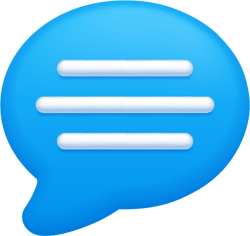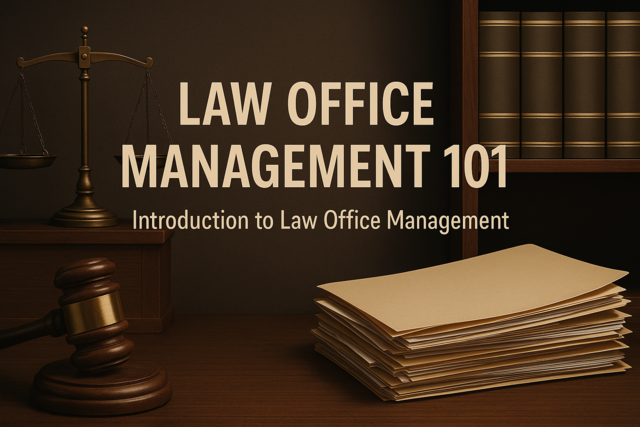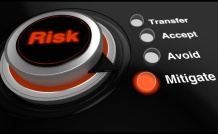Lesson 1. Mastering QuickBooks: Your Small Business Accounting Companion
Whether you consider yourself a potential or current small business owner, understanding QuickBooks might catalyze your future financial management. The course includes practical exercises and assignments to instill the knowledge required to enhance your business acumen.
Lesson 2. Seamlessly Setting Up QuickBooks
Setup of QuickBooks starts by deciding a conversion date and gathering essential financial information. Using methods like Express Start allows you to create a company file and populate it with necessary data.
Lesson 3. Mastering QuickBooks: A Comprehensive Guide for Upgraders and Beginners
From a familiar Title Bar to a customizable Top Icon Bar, navigating QuickBooks is an intuitive process for both veterans and newcomers. Users can leverage powerful tools like the Company Snapshot and various Centers to efficiently manage business operations.
Lesson 4. Mastering the Chart of Accounts: Your Gateway to Organized Financial Management
The chart of accounts is a systematic list of a company's financial accounts, including assets, liabilities, equity, income, and expenses. It helps organize and track financial transactions by assigning them to specific accounts, making it a crucial tool for accounting in QuickBooks.
Lesson 5. QuickBooks Basics: Customers, Jobs, and Vendors
The process of structuring customer and vendor information in QuickBooks is highlighted, emphasizing the significance of detailed data entry to support business transactions and reporting functions. The lesson introduces customization tips and organizational strategies, such as categorizing customers and personalizing vendor details, for refined control over business finances.
Lesson 6. Adding and Organizing Your Inventory
Items in QuickBooks are essential components of invoices and purchase orders, encompassing products you sell and inventory you purchase, along with additional elements like discounts and sales tax. By understanding how to create and manage an Items list, you ensure a comprehensive invoicing process, making financial records complete and precise.
Lesson 7. Comprehensive Guide to Creating Essential Lists in QuickBooks
QuickBooks simplifies business management with various lists like Fixed Asset and Price Level Lists, aiding in asset tracking and pricing strategies, respectively. Other essential lists include Sales Tax Code and Class Lists that help categorize transactions, enhancing organizational efficiency.
Lesson 8. The Art of Balancing Expenses and Bills
Lesson Summary 4: Financial management in QuickBooks involves recording all company bills immediately and selecting the right time to pay them, ensuring balanced accounts. The lesson explains accounts payable processes, describes several payment methods including checks and credit cards, and offers insights on efficiently setting up and printing checks.
Lesson 9. Bills and More: From Deletions to Discounts
This lesson dives into the nuanced features of QuickBooks for handling financial transactions like bills, deposits to vendors, and the application of discounts and credits. It ensures easy expense tracking and report generation, aiding effective financial management and streamlined reimbursement processes.
Lesson 10. The Art of Crafting Accurate Invoices for Products and Services
QuickBooks invoicing involves entering comprehensive details like customer selection, invoice numbers, and shipping information accurately to track sales and manage billing effectively. The system also supports generating credit memos for refunds and estimates to provide potential pricing to clients without affecting accounts.
Lesson 11. Tracking and Managing Sales Receipts and Prepayments
Explore how to support sales through backordered and consigned items, leveraging QuickBooks for efficient tracking and payments. Accumulate prepayments without prematurely declaring income, safeguarding financial integrity.
Lesson 12. Efficient Methods for Tracking Time and Mileage
For businesses that bill for labor and travel, QuickBooks provides two main methods to track time and mileage: through detailed entries of activities and mileage logs. This structured approach allows for accurate billing and provides comprehensive reports to review job costs and profitability.
Lesson 13. Comprehensive Steps to Create and Send Customer Statements
QuickBooks assists with statement preparation by offering a Preview option, ensuring that all details are correct before sending or printing. The software offers robust email integration, allowing businesses to swiftly distribute PDF statement copies directly to clients, enhancing communication efficacy.
Lesson 14. How to Enter Customer Payments in QuickBooks
Get a handle on financial details in QuickBooks by properly entering customer payments, differentiating between invoices and sales receipts, managing undeposited funds, and utilizing tracking tools. Finance charge rules let you apply late fees effectively, while credit assignments and correcting errors maintain account accuracy.
Lesson 15. Simplifying Your Financial Management with QuickBooks
Handling customer payments requires careful invoicing and deposit documentation in QuickBooks, while non-customer deposits need similar diligence through account selections. Transferring funds and dealing with NSF checks are streamlined using specific QuickBooks features for clear financial management.
Lesson 16. Loan Management Essentials
Understand how to effectively manage business loans by creating separate asset and liability accounts in QuickBooks to track purchases and borrowed money. Utilize the Loan Manager for seamless amortization schedule calculations and efficient payment tracking, including fees and escrow.
Lesson 17. Navigating Payroll Challenges with QuickBooks
With payroll being a potential administrative nightmare, QuickBooks offers scalable solutions to handle everything from basic payroll calculation to complete outsourced services. Choosing the right QuickBooks service level depends on balancing the cost against the convenience of automated tax deposits and filings.
Lesson 18. Creating Balanced Journal Entries with QuickBooks: A Comprehensive Guide
QuickBooks handles basic double entry accounting, but journal entries are necessary for detailed financial corrections and adjustments. These entries ensure that debits match credits, catering to tasks like account reallocations and asset depreciation.
Lesson 19. End-of-Year Financial Tasks Simplified with QuickBooks
QuickBooks' ability to map accounts to appropriate tax forms in the Chart of Accounts streamlines the tax preparation process, saving businesses potential accounting fees. Comprehensive support guides users in correcting misassigned tax lines to ensure thorough and accurate financial reporting.
Lesson 20. Safeguarding Your QuickBooks Data: Essential Practices and Protocols
To share your QuickBooks data, creating a portable company file is necessary which can then be emailed to others. This process requires selecting the specific option for creating a portable file and saving it to a chosen location.
Lesson 21. Inventory Control in QuickBooks: A Comprehensive Guide
Harness QuickBooks' powerful inventory features by properly setting up item lists and using the Inventory Center for comprehensive management. Maintain accuracy through regular physical inventory checks and adjustments to counteract potential shrinkage.
Lesson 22. Effortless Sales Tax Configuration: Using QuickBooks to Your Advantage
In this lesson, you will learn how to turn on and configure sales tax settings in QuickBooks for efficient invoicing and payment, including adding sales tax codes for customers and items. Mastering these features assists companies in promptly managing and remitting sales taxes with ease.
Lesson 23. Harnessing QuickBooks for Effective Budget Management: A Detailed Exploration
Forecasting profits and cash flow projection in QuickBooks rely on similar principles to budgeting, providing foresight based on previous data. Options for creating different types of budgets, such as Customer: Job or Class budgets, offer tailored planning possibilities.
Lesson 24. Running and Understanding QuickBooks Reports
QuickBooks offers a variety of categorized reports for easy access by users, covering aspects like company finances, sales, and inventory. Users learn to create, customize, and share these reports to fit business needs, with options like printing, emailing, and exporting to Excel.
Lesson 25. Mastering QuickBooks Bank Feeds
QuickBooks enhances online banking by facilitating the download of bank transactions, enabling the payment of bills, and offering the ability to send messages or transfer funds between accounts. This setup requires proper preparation and connection setup, which varies depending on the mode and bank services available.



10 Hours average completion time
1.0 CEUs
25 Lessons
51 Exams & Assignments
11 Discussions
25 Videos
29 Reference Files
18 Articles
Mobile Friendly
Last Updated December 2025




























